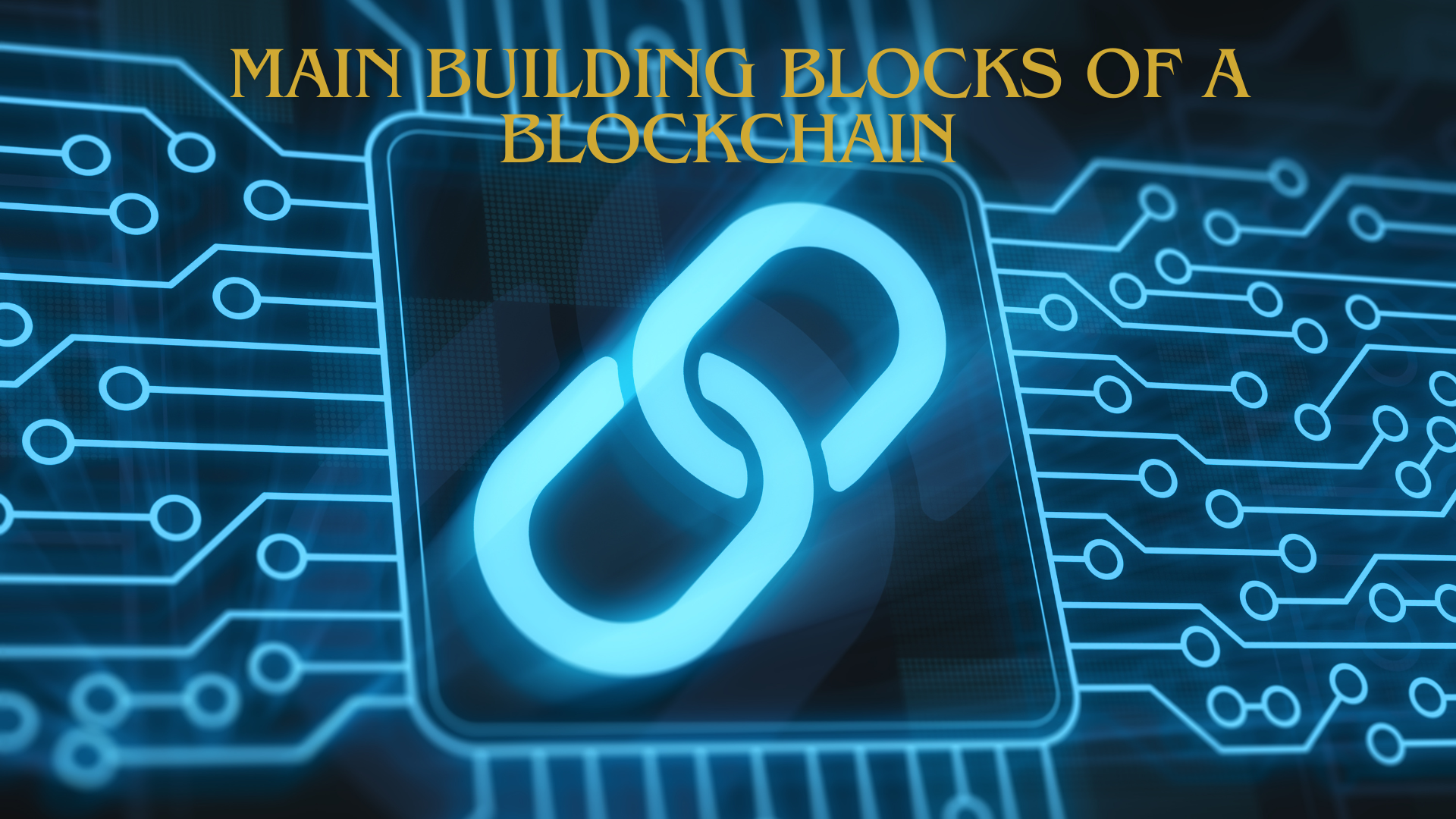Steem Alliance
made by canva
I have come to inform you about all the other blocks in the loss and their activities. Each block in the block train works separately and their work is very reliable and robust. The main building blocks of blockchain are the activities I mention below.

made by canva
* **Transaction** A transaction is a record of the exchange of value on the blockchain network.
* **Block** A block is a collection of valid transactions that are continuously added to the blockchain.
* **Consensus** Consensus is the process by which participants in a blockchain network agree on the state of the blockchain by verifying and validating transactions. In a blockchain network, sequencing transactions works as follows- A user sends a transaction to the network. Transactions are broadcast to all nodes in the network
Nodes validate the transaction, and check that the sender has sufficient funds and that the transaction is formatted correctly. Valid transactions are collected in a block. Miners in the network then compete to solve a mathematical puzzle according to the consensus method used in the blockchain. The first miner to solve the puzzle creates a new block and broadcasts it to the network. All nodes in the network then verify the new block, checking that it was created according to the consensus rules. Once the block is verified by the network, it is added to the blockchain and the process is repeated for the next transaction.

made by canva
There are several popular consensus mechanisms used in blockchain networks. Here are some examples:
* **Proof of Work Pow** This is the consensus mechanism used by Bitcoin. Miners compete to solve complex mathematical puzzles. The first to solve it gets the right to add the next block to the blockchain.
* **Proof of Stake Pos** In PoS, the opportunity to generate the next block is determined by the amount of cryptocurrency holdings a participant has, rather than computational power. Participants with a larger stake are more likely to be selected to verify transactions.
* **Delegated Proof of Stake Dpos** DPOS is a variation of PoS where participants vote for a set of trusted block producers who take turns creating blocks. This trusted entity is responsible for the consensus and block creation process.
* **Practical Byzantine Fault Tolerance PBFT** PBFT is a consensus mechanism permissioned blockchain network. It requires a predefined set of validators who must agree on the transaction order before it can be added to the blockchain.
* **Proof of Authority Poa** Poa relies on a set of authorized verifiers who are responsible for verifying transactions and creating new blocks. Verifiers are selected based on their identity and reputation.

Support @bangla.Witness by Casting your witness vote
VOTE @bangla.witness as witness  OR
OR
SET @rme as your proxy|
Best regards from Mostofa Jaman|-|




